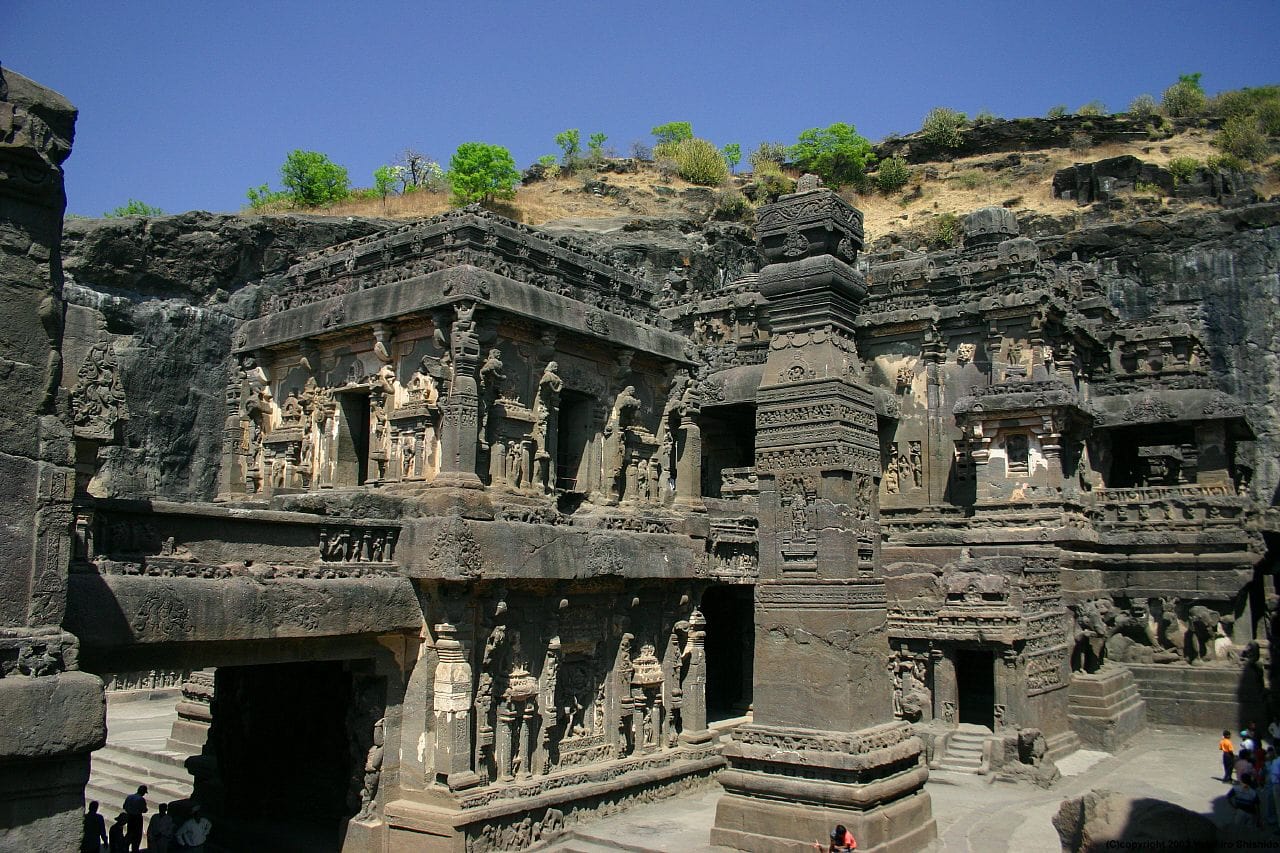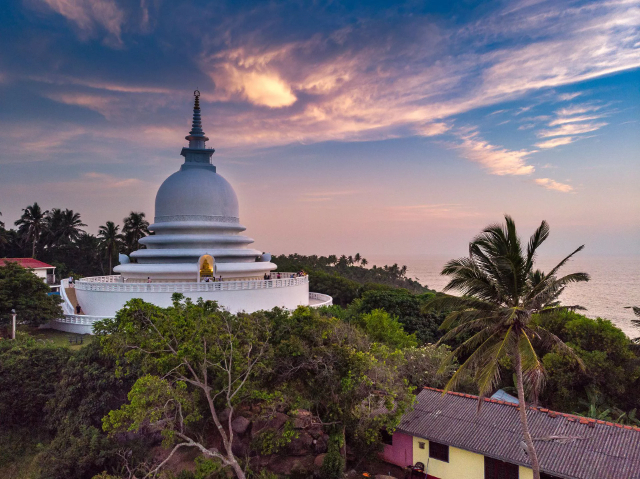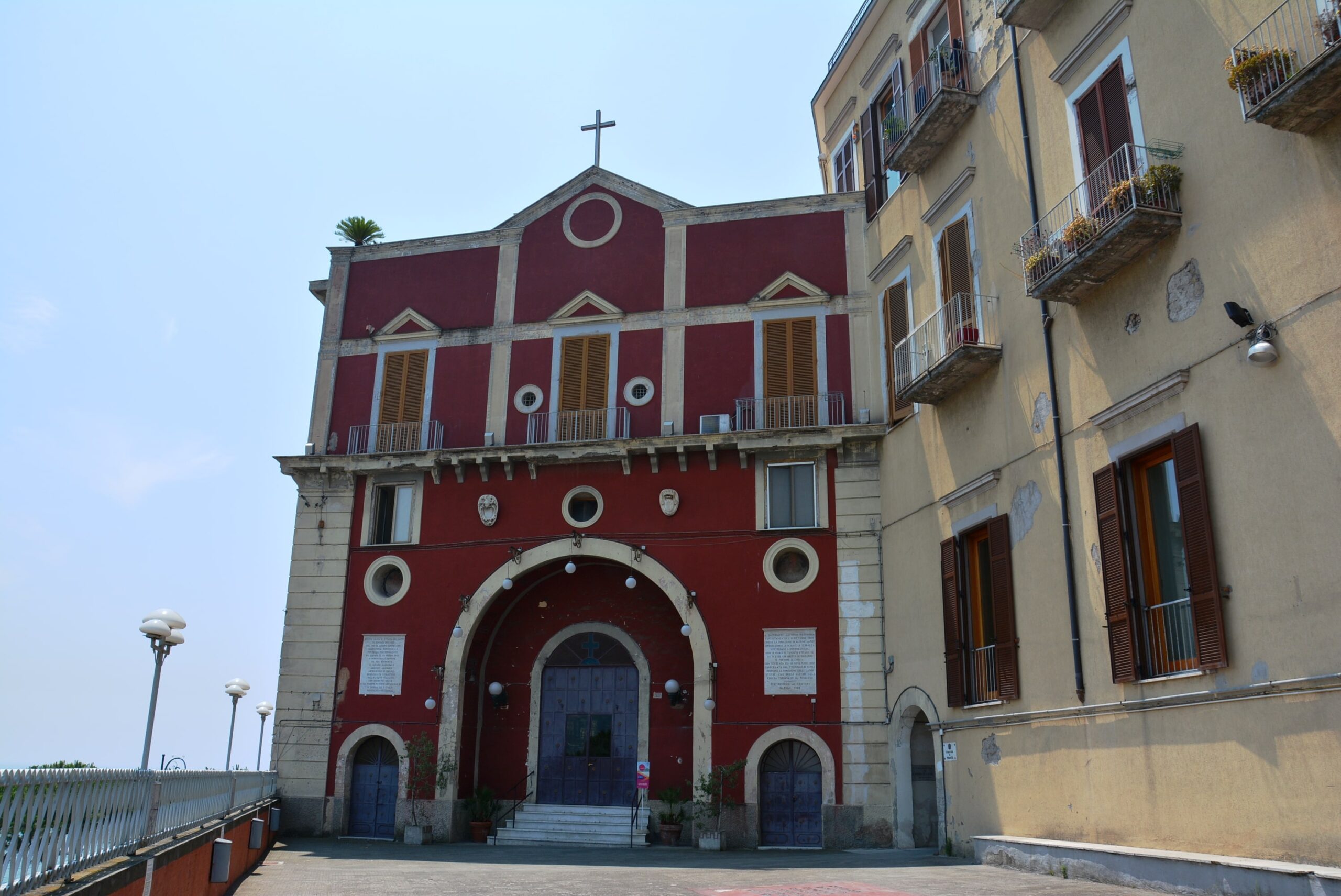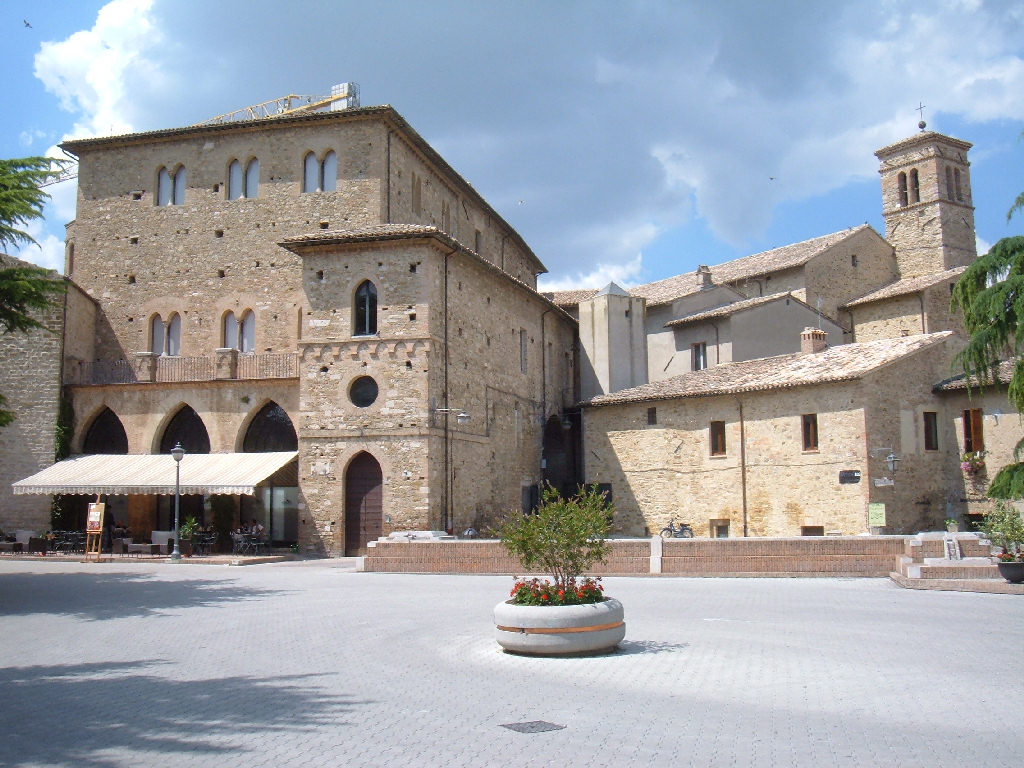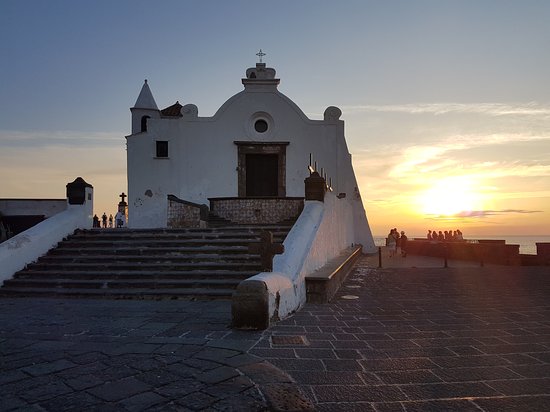Ellora Caves, a remarkable example of Indian rock-cut architecture, are situated in the Charanandri hills of Maharashtra. These 34 “caves” are not traditional caves but rather structures excavated and carved out of the vertical face of the hills, showcasing the artistic and architectural mastery of ancient Indian craftsmen.
The Ellora Caves are a unique blend of religious artworks, representing Buddhism, Hinduism, and Jainism, which highlights the inclusive nature of Indian culture over the centuries. The site’s intricate carvings and monumental sculptures are among the most impressive artistic creations in Indian history, with each cave dedicated to a different deity or religious tradition.
The most famous of these caves is the Kailasa Temple (Cave 16), which is the largest monolithic structure in the world, carved top-down from a single rock. This temple is dedicated to Lord Shiva and is known for its breathtaking size, architecture, and elaborate sculptures that narrate stories from the Hindu epics.
Visiting the Ellora Caves offers a deep dive into the religious and artistic heritage of India. These caves are not only a testament to the architectural genius of the past but also provide a serene and profound experience to all who wander through their ancient corridors.
Discover more about the Ellora Caves and their historical and cultural significance at this detailed guide. For further exploration of India’s rich heritage and other fascinating sites, check out Secret World.
This description now includes both requested links, providing a deeper connection to resources that enhance the educational and exploratory experience for visitors interested in the Ellora Caves and other historical sites.

